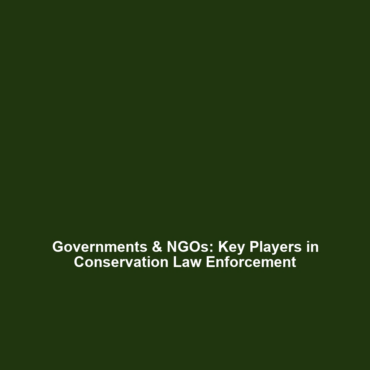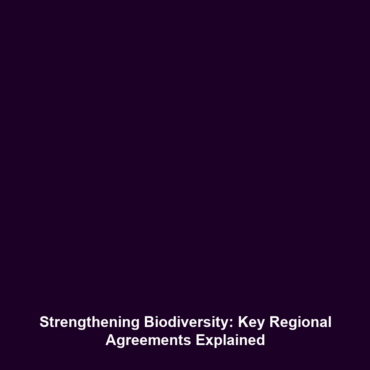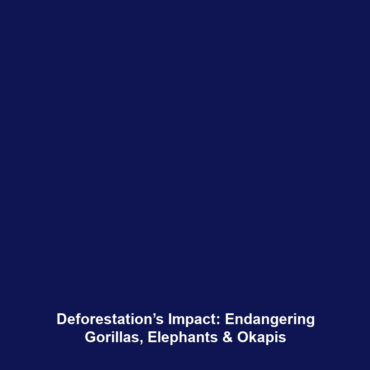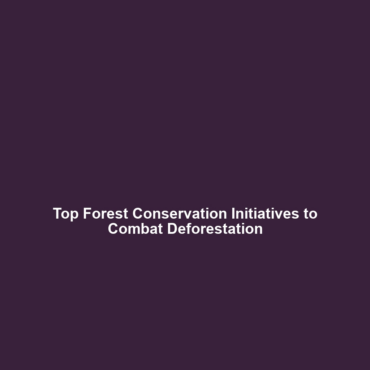Case Studies of Regulatory Challenges in Deploying Drones in Protected Areas Like National Parks
Introduction
The deployment of drones in protected areas, particularly national parks, has become a focal point in Drones in Science. These unmanned aerial vehicles offer invaluable insights into ecological monitoring, wildlife tracking, and environmental assessment. However, their use raises significant regulatory challenges that must be critically analyzed. Understanding how these regulations impact drone applications in sensitive ecosystems is vital for researchers and policymakers alike, ensuring that technological advancements do not compromise environmental integrity.
Key Concepts
Several key concepts underpin the regulatory challenges associated with deploying drones in protected areas:
- Legal Frameworks: Existing laws governing airspace and environmental protection often clash with the use of drones.
- Ecological Preservation: Regulations aim to prevent disturbances to wildlife and habitats that could arise from drone activity.
- Compliance and Enforcement: Ensuring that drone operators adhere to the established regulations remains a complex issue.
These principles exemplify the delicate balance required within Drones in Science to protect natural resources while embracing innovative monitoring techniques.
Applications and Real-World Uses
Understanding the regulatory challenges surrounding drones enhances our appreciation of their applications:
- Wildlife Conservation: Drones are increasingly used for tracking endangered species without disturbing their habitat.
- Vegetation Mapping: Researchers utilize drones to create detailed maps of vegetation changes in protected landscapes.
- Monitoring Environmental Impact: Drones help assess the aftermath of natural disasters on ecosystems, crucial for effective restoration efforts.
These applications illustrate how case studies of regulatory challenges are critical in shaping practical uses of drones in the evolving field of Drones in Science.
Current Challenges
Despite the promising applications, several challenges persist:
- Lack of Clear Regulations: In many regions, drone regulations are not clearly defined, creating confusion among operators.
- Public Opposition: Concerns over privacy and disturbances to wildlife can result in public pushback against drone use.
- Data Security: Ensuring that the data collected by drones is secure and properly managed is an ongoing concern.
These challenges highlight the complex issues in the field of Drones in Science, which researchers must navigate to optimize drone use in sensitive areas.
Future Research and Innovations
Looking ahead, innovative research is paving the way for improved drone applications in protected areas:
- Integration of AI: New algorithms enhance real-time data processing, increasing the efficacy of ecological monitoring.
- Automated Compliance Systems: Future technologies may enable automated systems to track and ensure compliance with regulations.
- Advanced Surveying Techniques: Innovations in remote sensing are being developed to give more accurate environmental assessments.
Such advancements position drones as indispensable tools in the ongoing evolution of Drones in Science.
Conclusion
In summary, the case studies of regulatory challenges in deploying drones in protected areas underscore the significance of legal frameworks, ecological preservation, and compliance in the field of Drones in Science. As researchers and policymakers continue to navigate these complexities, it is essential to prioritize sustainable practices that align with technological innovations. For further reading on advancing technologies in drone science, explore our articles on Drone Technology and Environmental Monitoring Techniques.







